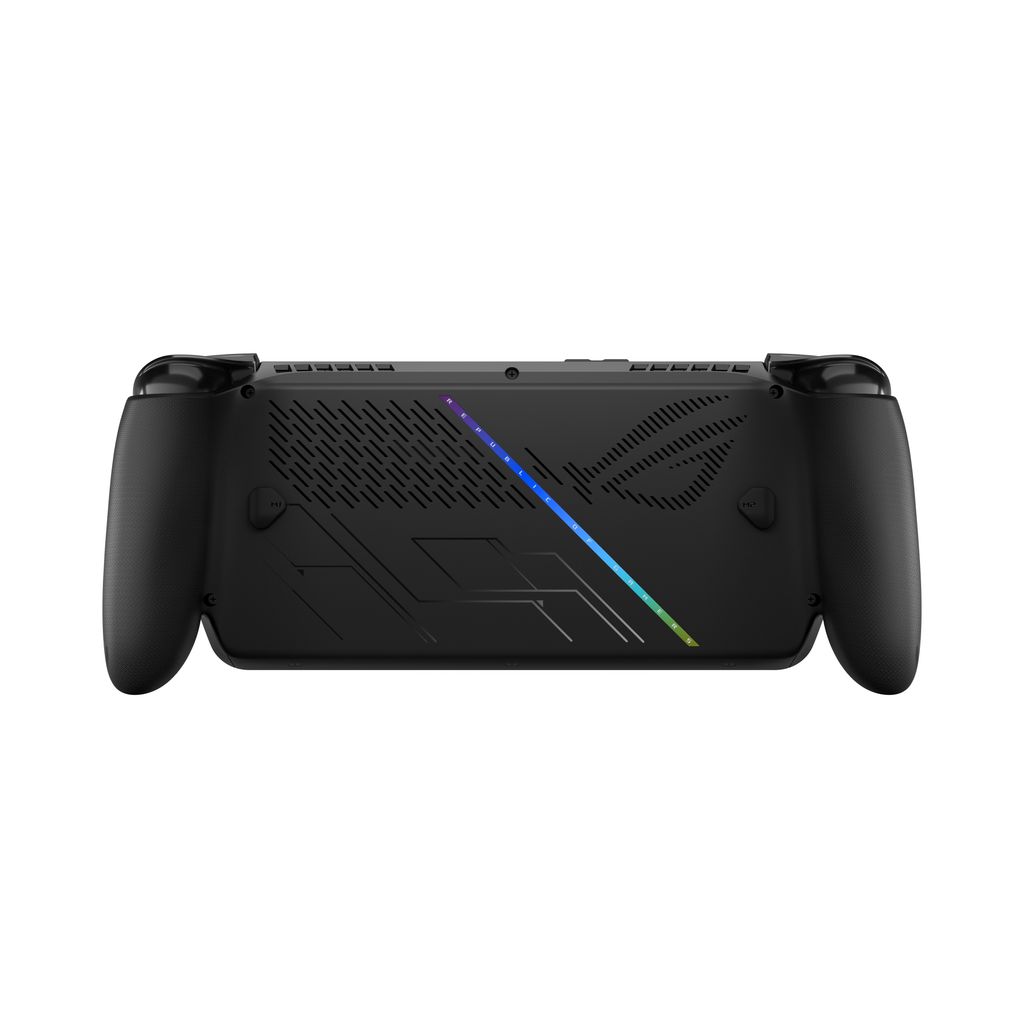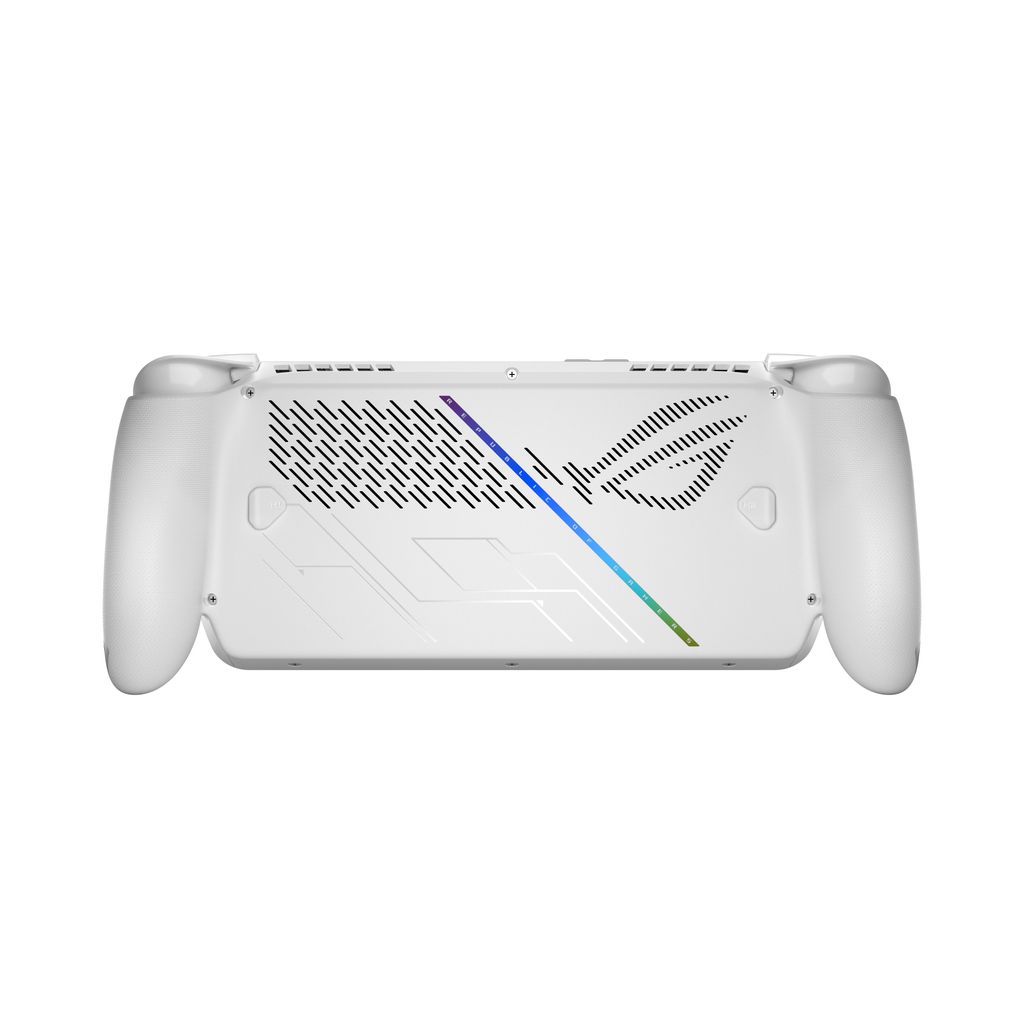ASUS has launched two powerful handheld gaming devices, the ROG Xbox Ally and the ROG Xbox Ally X, both aimed at delivering premium portable PC gaming. While the names might sound similar, these two machines are made for different kinds of gamers. The standard ROG Xbox Ally focuses on offering a solid experience at a more accessible level, while the ROG Xbox Ally X is built for those who demand more power, more memory, and longer playtime. So, which one is right for you? Let us break it down.
ROG Xbox Ally vs ROG Xbox Ally X
Here is a detailed comparison table between the ROG Xbox Ally and ROG Xbox Ally X, based on the official specs.
| Feature | ROG Xbox Ally | ROG Xbox Ally X |
|---|---|---|
| Processor | AMD Ryzen Z2 A Processor | AMD Ryzen Z2 Extreme Processor |
| RAM | 16GB LPDDR5X (6400 MHz) | 24GB LPDDR5X (8000 MHz) |
| Storage | 512GB M.2 2280 SSD | 1TB M.2 2280 SSD |
| Display | 7” Full HD (1080p) IPS, 120Hz, 500 nits | 7” Full HD (1080p) IPS, 120Hz, 500 nits |
| Screen Protection | Corning Gorilla Glass Victus + DXC coating | Corning Gorilla Glass Victus + DXC coating |
| Graphics Features | FreeSync Premium | FreeSync Premium |
| Battery | 60Wh | 80Wh |
| Ports | 2x USB 3.2 Gen 2 Type-C (DP 2.1, PD 3.0) | 1x USB4 Type-C + 1x USB 3.2 Gen 2 Type-C |
| 1x UHS-II microSD card slot | 1x UHS-II microSD card (with DDR200 mode) | |
| 1x 3.5mm combo audio jack | 1x 3.5mm combo audio jack | |
| Connectivity | Wi-Fi 6E (2×2) + Bluetooth 5.4 | Wi-Fi 6E (2×2) + Bluetooth 5.4 |
| Controls | Xbox-style controls with Hall Effect triggers | Xbox-style controls with Impulse Triggers |
| HD Haptics, 6-Axis IMU | HD Haptics, 6-Axis IMU | |
| Software Experience | Xbox-optimized Windows 11 Interface | Xbox-optimized Windows 11 Interface |
| Weight | 670g | 750g |
| Dimensions (mm) | 290.8 x 121.5 x 50.7 | 290.8 x 121.5 x 50.7 |
| Included in Box | ROG Xbox Ally, 65W charger, Stand | ROG Xbox Ally X, 65W charger, Stand |
Starting with the performance, the ROG Xbox Ally is powered by an AMD Ryzen Z2 A processor, while the Ally X comes with the more powerful AMD Ryzen Z2 Extreme chip. Both chips are based on AMD’s Zen 4 CPU architecture and RDNA 3 GPU architecture. Ryzen Z2 Extreme has a higher base clock speed and more GPU cores. Here’s a comparison.
| Specification | AMD Ryzen Z2 | AMD Ryzen Z2 Extreme |
|---|
| CPU Cores/Threads | 8 cores / 16 threads | 8 cores / 16 threads |
| Base Clock Speed | Lower (around 3.2GHz, unconfirmed) | Higher (up to 5.1GHz boost clock) |
| GPU Cores (RDNA 3) | 4 Compute Units (CUs) | 12 Compute Units (CUs) |
| Graphics Performance | Entry-level gaming | Mid-tier gaming with smoother frame rates |
| TDP | Configurable, lower by default | Configurable, higher power budget |
The Ally has 16GB of LPDDR5X RAM running at 6400MHz. On the other hand, the Ally X steps up with 24GB of faster LPDDR5X RAM clocked at 8000MHz. This means smoother multitasking, better performance in demanding games, and more future-proofing with the X model.
Storage is another major difference. The ROG Xbox Ally comes with 512GB of M.2 SSD storage, which is enough for a decent collection of games and media. But if you are someone who likes to keep large titles installed or wants more space without constantly managing files, the Ally X offers 1TB of storage, giving you double the room to work with. Both use M.2 2280 SSDs, so upgrades are possible, but the Ally X gives you a strong head start.
When it comes to the display, both models are on equal ground. Each one features a 7-inch Full HD IPS screen with a 16:9 aspect ratio, 500 nits of brightness, and a smooth 120Hz refresh rate. They also come with FreeSync Premium support and are protected by Corning Gorilla Glass Victus with DXC anti-reflective coating. So whether you choose the Ally or the Ally X, you are getting the same crisp and fluid visual experience.
Now let us talk about battery life — one of the key areas where the Ally X clearly wins. The standard ROG Xbox Ally has a 60Wh battery, which is decent for handheld gaming, but the Ally X boosts that up to 80Wh. This means longer sessions between charges, especially when playing AAA titles or streaming games on the go. If battery life is important to you, the Ally X is the better choice. Both come with a 65W charger and support fast charging.
Looking at ports and connectivity, both devices support Wi-Fi 6E and Bluetooth 5.4, which ensures fast and stable wireless connections. The Ally includes two USB 3.2 Gen 2 Type-C ports, while the Ally X offers one USB4 Type-C and one USB 3.2 Gen 2 Type-C. The inclusion of USB4 and Thunderbolt 4 compatibility on the Ally X opens up more advanced accessories and faster data transfer options. Both come with a UHS-II microSD card reader, but the Ally X supports DDR200 mode for even better performance.






In terms of design and controls, both are nearly identical. They feature contoured grips inspired by Xbox Wireless Controllers and come with ABXY buttons, a D-pad, dual analog sticks, assignable back buttons, and multiple function buttons. The main difference is in the triggers. The Ally uses Hall Effect analog triggers, which are smooth and accurate, while the Ally X goes a step further with impulse triggers that offer more tactile feedback, enhancing the overall feel during gameplay.
Despite the upgrades, the Ally X is only slightly heavier. It weighs 750 grams compared to the Ally’s 670 grams.
Wrap Up
Choosing between the ROG Xbox Ally and ROG Xbox Ally X depends on what you need. If you are a casual gamer or someone new to handheld gaming PCs, the ROG Xbox Ally offers a great balance of performance and price. It runs all your favorite games, supports multiple game libraries, and delivers a clean Xbox-style interface. But if you want top-tier performance, more RAM, longer battery life, and faster storage, the ROG Xbox Ally X is clearly the better choice. It is built for serious gamers who want the best experience without compromise.
No matter which one you pick, you are getting a powerful and flexible gaming machine that goes beyond what traditional consoles can do.



